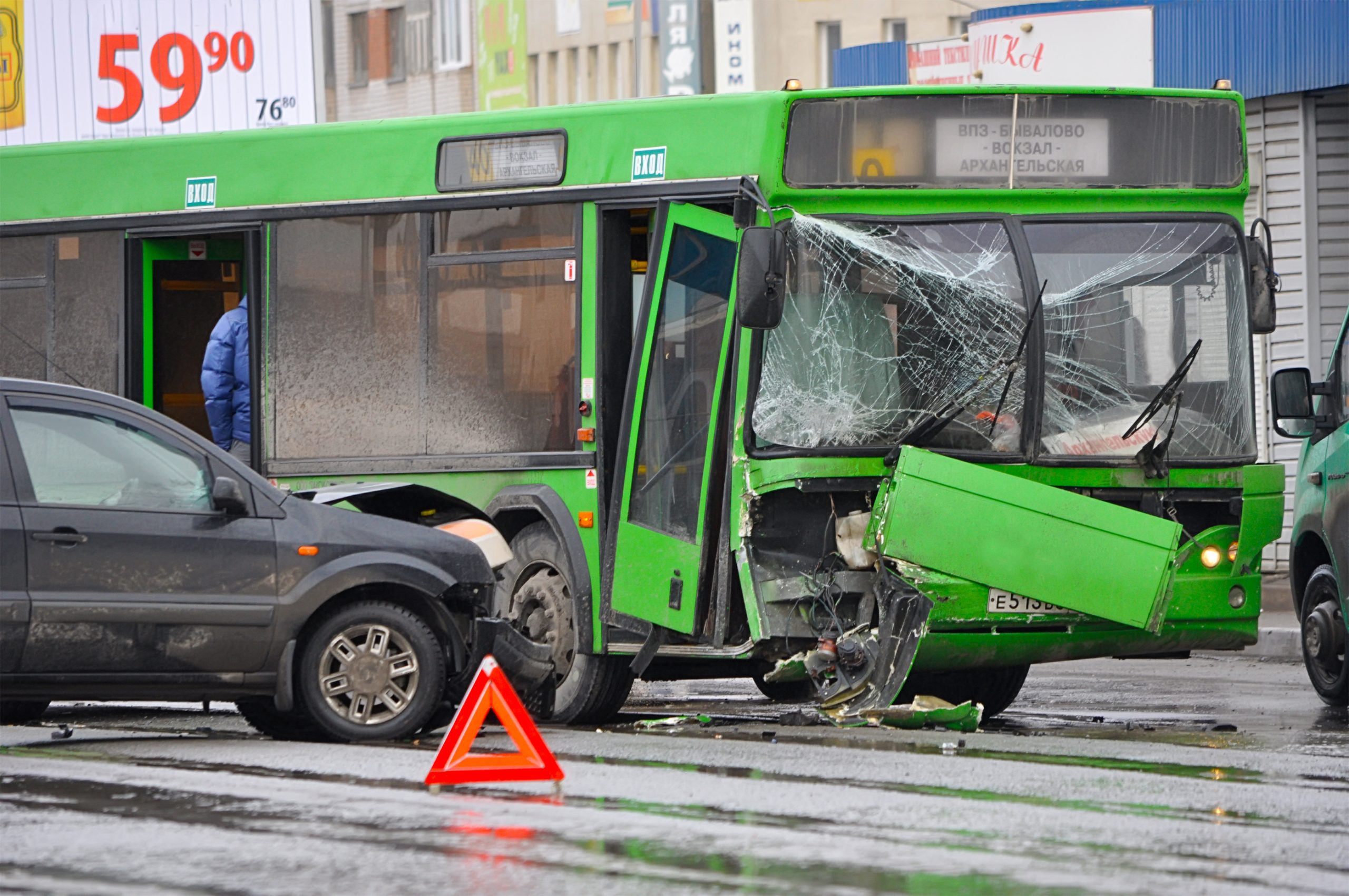
Accidents on the road can occur in various forms, and two common types are car accidents and bus accidents. Both incidents can result in serious injuries and property damage, but they often have distinct characteristics that set them apart. Understanding these differences in liability is essential for both motorists and passengers to navigate the legal and safety aspects of these unfortunate events.
The Main Aspects Of Car Accident Liability
Car accidents are a common occurrence on roads and highways, and their dynamics can vary based on factors such as vehicle type, speed, and road conditions. Let’s delve deeper into the specifics of car accidents and the various aspects associated with them:
Types of Car Accidents
Car accidents encompass a wide range of scenarios, each with its own set of dynamics and potential for injury. Rear-end collisions, side-impact crashes, head-on collisions, and rollovers are some common types of accidents that can result in different patterns of injury and damage. Understanding the distinct characteristics of these accidents is crucial in assessing the degree of risk and potential outcomes.
Legal Implications
Car accidents often trigger legal processes involving insurance claims and potential
lawsuits. Laws regarding liability and compensation can vary by jurisdiction. In no-fault states, insurance claims are typically filed with the driver’s own insurance company, while fault states require the responsible party to cover damages. Navigating the legal landscape after an accident necessitates a thorough understanding of state-specific laws and regulations.
Comparative Negligence
The concept of comparative negligence frequently comes into play in car accident cases. This principle acknowledges that multiple parties may share varying degrees of fault for an accident. The allocation of liability can significantly impact the amount of compensation each party is entitled to receive. A clear understanding of how comparative negligence works is crucial for both victims and legal professionals.
Severity of Injuries
The nature and severity of injuries resulting from car accidents can vary widely. Factors such as the speed at which the collision occurred, the effectiveness of safety features (seat belts, airbags, etc.), and the vehicle’s design contribute to the extent of injuries sustained. Injuries can range from minor cuts and bruises to severe, life-altering conditions such as spinal cord injuries or traumatic brain injuries.
The Legal Process After Car Accidents
The legal process following a car accident involves several steps, including gathering evidence, assessing damages, determining liability, negotiating with insurance companies, and potentially filing a lawsuit.
Engaging a personal injury lawyer is advisable to navigate this process effectively, as they can provide guidance on building a strong case, negotiating with insurance adjusters, and representing your interests in court if necessary.
All About Bus Accident Liability
Bus accidents present unique challenges due to the involvement of multiple passengers, various bus types, and potentially complex liability factors. Let’s delve into the specific intricacies of bus accidents and the considerations that set them apart:
Types of Buses
Buses come in various forms, each designed to fulfill different transportation needs. Some different types of buses include:
- Public Transportation Buses
- School Buses
- Tour Buses
- Private Coaches
It is important to note that private coaches serve distinct purposes and are subject to specific regulations.
Passenger Safety
Buses are designed with passenger safety as a priority, often equipped with features like reinforced structures, seat belts, and airbags. Despite these safety measures, accidents can lead to injuries due to the large number of passengers on board. Passengers’ safety can be impacted by factors such as seat design, presence of safety restraints, and overall bus design.
Liability Complexity
Determining liability in bus accidents can be intricate due to the involvement of multiple parties. Depending on the circumstances, liability may rest with the bus driver, the bus company, maintenance personnel, other drivers involved, or a combination of these factors.
Establishing responsibility requires a thorough investigation into the accident’s causes and contributing factors with the help of an expert bus accident attorney in Philadelphia.
Mass Tort Actions
In cases where a bus accident affects numerous passengers, mass tort actions may arise. This legal approach enables multiple plaintiffs to collectively seek compensation for similar injuries resulting from the same incident. Mass tort actions consolidate legal efforts and streamline the legal process for all affected parties.
Insurance Coverage
Buses typically carry commercial insurance due to their role in public transportation or private services. The type of insurance coverage and its limits can significantly impact the amount of compensation available to victims. Understanding the nuances of insurance coverage in bus accidents is crucial when seeking compensation for injuries and damages.
Special Considerations For School Bus Accidents
School bus accidents introduce additional legal considerations due to the involvement of minors. Regulations governing school bus safety and driver conduct differ from those of other bus types. Addressing the safety and well-being of children involved in school bus accidents requires a deep understanding of these unique legal requirements.
The Distinct Challenges of Car and Bus Accidents
Both car accidents and bus accidents present distinct challenges that require a comprehensive understanding of the factors at play. While car accidents often involve navigating insurance claims and legal processes, bus accidents introduce complexities stemming from passenger safety, multiple parties, and various bus types.
Whether you’re a victim seeking compensation or a legal professional assisting clients, grasping the intricacies of these accident types is essential for informed decision-making and successful outcomes.
